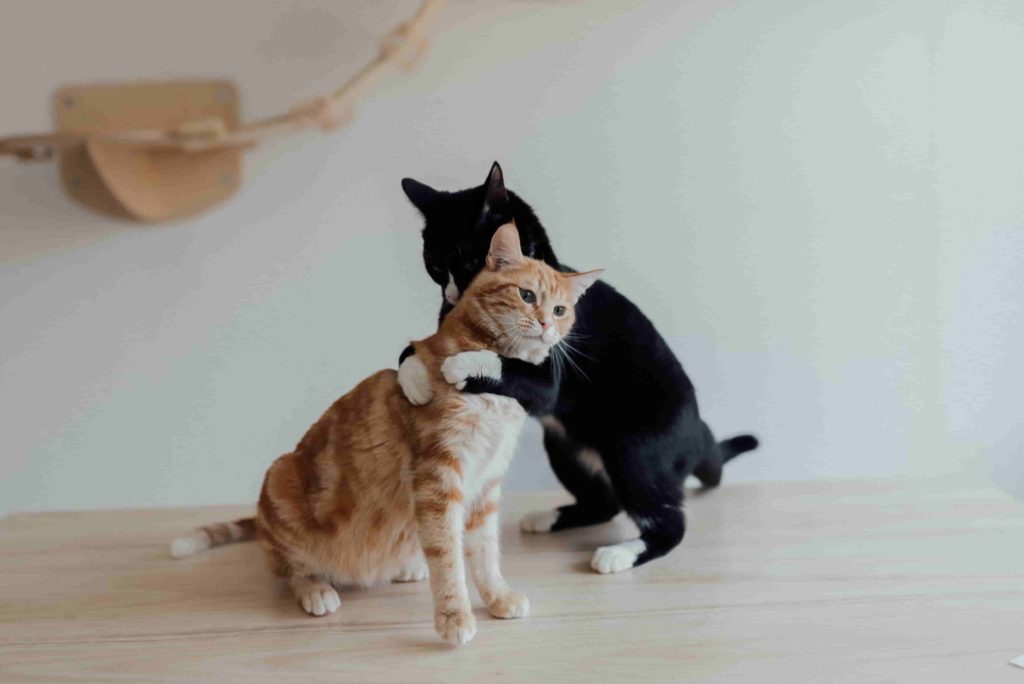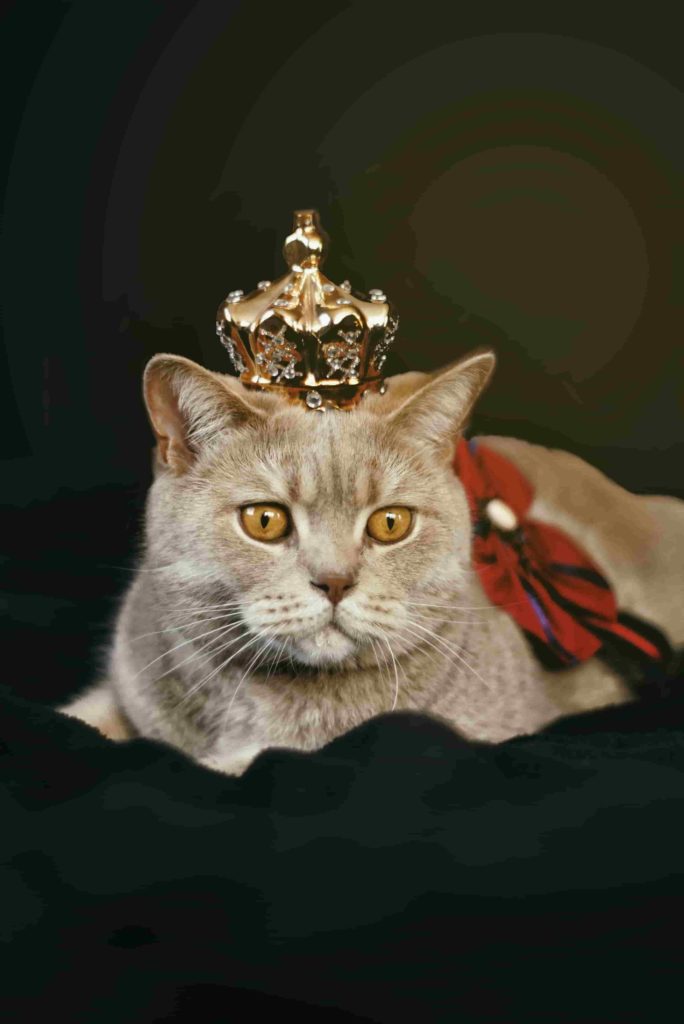Male or female cat: which one will steal your heart (and spare your sofa)? The truth is, there’s no “better” sex — only the cat that matches your everyday life. Let’s compare real-world temperaments, needs and those tiny details that change everything.

Welcome tip: prep a gentle “scent bridge” before arrival. Rub a clean sock over your future kitty’s cheeks (pheromone zones), then on their bed, cat tree and scratchers. They’ll find their scent everywhere and relax faster.
Extra calm booster: ask the shelter or breeder for a small cloth from the cat’s sleep spot and tuck it into their bed on day one. It’s a built-in comforter.
Bringing a new cat where another already reigns? Set up separate rooms, swap scented cloths for 2–3 days, then short, positive encounters. Here’s how to introduce a new cat without conflict.
Not sure about the sex (it happens more often than you think)? Follow our friendly guide to determine your cat’s sex without stressing anyone.
The male cat: charming free spirit… then cuddly homebody after neuter
Before castration, many males are led by hormones: urine marking, wanderlust, and noisy rivalries. After the procedure, things usually settle — more cuddles, smaller territory, fewer fights.

- Strengths: playful, social, often brilliant buddies for kids.
- Watch-outs: marking if intact, risky escapades, tomcat stand-offs.
- Apartment life: totally doable with enrichment (cat tree, hiding spots, hunting games). Pick the right cat tree and placement for easy climbs.
Common mistake to avoid: scolding a cat who marks. He isn’t “getting back at you”; he’s communicating. Clean with enzymatic products, find the trigger (stress, new scents, outdoor visitors) and adjust the setup. If you’re dealing with this, try our solutions when a cat pees everywhere.
Another trap: cleaning with bleach. It attracts some cats and can restart marking. Better skip it — here’s why bleach attracts cats.
The female cat: snug roommate, calm at home… except during heat
Many females stay close to home, enjoy cuddles, and adapt beautifully to indoor life. When in heat, expect vocal serenades, rolling, and escape attempts.

- Before spay: loud meows, “lordosis” posture, door-dashing to mate.
- After spay: no more heats, temper steadies, life gets calmer.
- Comfort zone: quiet nap spots, sturdy scratchers, predictable routines.
Surprising but true: nearly all tortoiseshell and calico cats are female. Rare male tricolors exist but are usually sterile for genetic reasons. Curious? Meet the tortoiseshell (Isabelle) cat.
Does your lady knead your blanket like a tiny baker? That “making biscuits” soothes her deeply. Here’s why cats knead with their paws.
How to choose: start with your rhythm of life
- Your home: kids, other pets, apartment or house with a garden? Match the cat to your environment, not the other way around.
- Your time: how much play, presence, and cuddling can you offer? Some cats co-host your day; others supervise from the throw blanket.
- Neighborhood cats: lots of locals outside? An intact male may try to “negotiate” territory… loudly.
Home tip: scatter “confidence spots” carrying your scent (a worn tee, a favorite plaid) in several rooms. It reassures bold boys and shy girls alike. For breed-by-lifestyle ideas, browse our guide to choosing the right cat.
Protecting your living room? These gentle techniques help you prevent scratching on furniture without drama.
Neutering and spaying: very real benefits
For male cats
- Big drop in urine marking, roaming and fights.
- Lower risk of accidents and bite-related infections.
- Often calmer, more home-loving personality.
Many vets recommend neutering around 5–6 months (depending on size and health). Earlier can prevent marking habits from taking root.
For female cats
- No more heats, fewer escapes, no accidental litters.
- Significantly lower risk of pyometra and mammary tumors if done early.
- Steadier temperament day to day.
Old myth to forget: “better a first litter before spay.” It’s false and potentially risky. For the post-op timeline and care, see the recovery time after sterilization.
Budget, health and upkeep: what to plan
- Health budget: vaccines, parasite control, spay/neuter, and extra care for outdoor explorers.
- Daily care: pristine litter (or accidents will happen), varied scratchers, and food-hunting games to channel energy. Pick a litter that truly suits your cat.
- Prevention: enriched environment, stable routines, regular vet checks, and smart deworming. Here’s how to protect your cat from worms.
Switching litter, box location or substrate too fast is a classic error. It can trigger refusal. Introduce changes gradually and stick to a routine your cat can predict.
If accidents have started, act quickly to break the habit. Try these steps when a cat pees outside the box.
In a nutshell
- Sex-linked differences show mostly before sterilization, then fade a lot.
- The winning filter is your lifestyle and the cat’s temperament, not M/F.
- Clean litter, clear routines and safe “scent anchors” = a soothed cat.
Found your purrfect match? Next step: a lovely name. Here’s how to choose a great cat name you’ll both adore.
FAQ
Are male cats always more affectionate than females?
No. Personality depends mostly on socialization and environment. Spaying/neutering reduces most sex-linked differences.
Apartment cat: is a male or a female better?
Both can thrive. Choose a sterilized cat who is curious but not too wander-prone, and invest in enrichment (perches, hiding spots, play sessions).
What’s the best age to spay a female or neuter a male?
Often between 5 and 6 months, confirmed with your vet based on health and lifestyle. Earlier procedures bring clearer behavioral benefits.
How can I reduce urine marking at home?
Use enzymatic cleaners, enrich the space, avoid bleach and remove stress triggers. If in doubt, consult your vet and read our tips on peeing everywhere.








